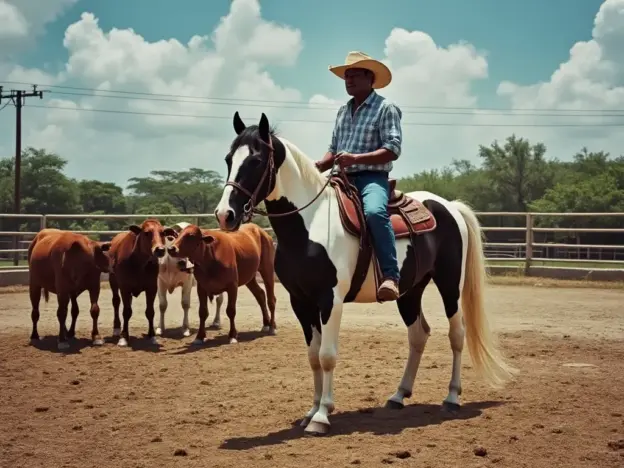Intro
The Cuban Pie horse is not an official breed and is perhaps considered a strain of the Cuban Pinto. This type has very specific base coat coloring.
Origins
The foundation for this breed was imported to Cuba in the mid 18th century. These were tough Iberian breeds, bred for robustness and adaptability. Not only did they need to survive the Atlantic crossing, but they were also expected to adapt to foreign and extreme climates of the Americas.
In the mid 20th century, a group of piebald mares with pinto patterns were brought together in the Manicaragua region. Piebald Quarter Horse blood was introduced to improve the stock and the breeding program continued using Quarter Horses, Thoroughbred and Criollo animals. In genetics, they are similar to the American Paint breed, but in conformation they are more Iberian.
Piebald Terminology
Generally considered an old term, piebald is a pinto white pattern on a black base (chestnuts are called skewbald and bays/browns are called tricolor).
Features
Average height 14.2-15 hands
Physique
Head has a straight or slightly convex profile
Forehead is broad
Neck is medium
Croup is sloping
Legs are strong with solid joints
It is a small, docile saddle horse that is agile and enduring.
It is a small, robust horse breed mainly raised in the province of Santa Clara by the Guajiro people, or Wayuu, who live mainly from weaving and agriculture.
Traditional Colors:
Black with tobiano or overo pinto patterns.
Temperament
Calm and brave
Intelligent and loyal
Use
Cow horse
Riding
Tourism
Transportation
